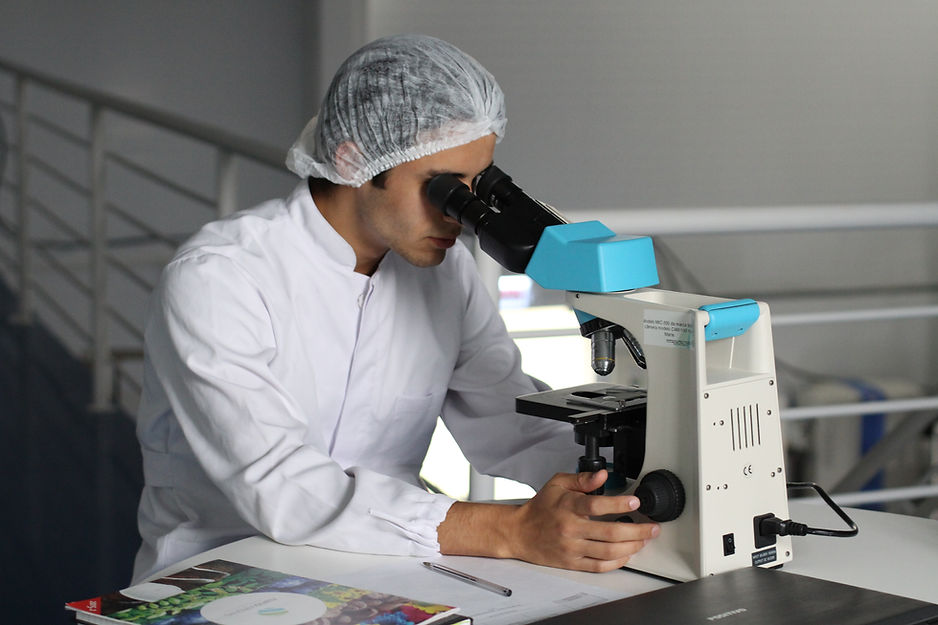Medical Cannabis (About)
Understanding cannabinoids in medical cannabis is a fascinating topic that we should all explore. The key point to grasp is that cannabinoids undergo changes, leading to a variety of different compounds. Even when stored, cannabinoids continue to transform. The process of converting cannabigerol (CBG) to cannabidiol (CBD) to cannabichromene (CBC) results in 49-THC. Currently, we are aware of around 85 of these transformations, with new discoveries being made each year. The primary cannabinoid compounds include Cannabigerol (CBG), Cannabichromene (CBC), Cannabidiol (CBD), Tetrahydrocannabinol (THC), Cannabinol (CBN), Cannabielsoin (CBE), iso-Tetrahydrocannabino (iso-THC), Cannabicyclol (CBL), Cannabicitran (CBT), and Tetrahydrocannabivarin (THCV, THV). While you may work with all of them, THC and CBD are likely to be the most commonly used. As this is a guide for medical growers, it is important to understand how these compounds function in medicine.
The brain receptor CB1 and the immune system receptor CB2 form complexes with cannabinoids, receiving and processing them chemically. There are two main types of interactions to be aware of: agonists, which cause an action, and antagonists, which block an action. Generally speaking, agonists increase effects while antagonists decrease them. However, their combination can lead to different outcomes. THC acts as an agonist, mainly providing pain relief and relaxation with psychoactive effects. CBD, on the other hand, although not overtly psychoactive, can modify the effects of THC when combined with it. Recent research has shown that CBD is a CB1 antagonist but indirectly influences the activity of receptors when paired with THC. While CBD has low affinity for both CB1 and CB2 receptors, it is believed to enhance THC binding to CB1 receptors. As THC degrades into cannabinol (CBN) over time, the potency of cured buds may decrease. For more information on curing and storage techniques, refer back to the relevant sections in this guide.
Additionally, tetrahydrocannabivarins like THCV and THV are non-psychoactive compounds that mimic THC’s medical benefits without its potential negative side effects like paranoia. The scientific community has extensively reviewed the medical benefits of cannabis, establishing its credibility as a form of medicine. With a solid foundation of evidence supporting cannabis as medicine, the focus now shifts to understanding its mechanisms and various treatment options available. By leveraging scientific evidence, we can challenge the unjust biases that perpetuate cannabis prohibition and advocate for its medicinal use based on facts alone. Each strain of cannabis has unique cannabinoid ratios, especially between sativa and indica strains. Indica strains typically have lower THC to CBD ratios, while sativa strains have higher ratios. Hybrid strains offer a personalized approach to medicinal use based on individual needs. It is worth noting ongoing research on the G protein-coupled receptor 55 (GPR55) as a potential cannabinoid receptor activated by cannabinoids and influenced by CBD as an antagonist. Another receptor known as 5-HT1A responds to CBD as an agonist.
